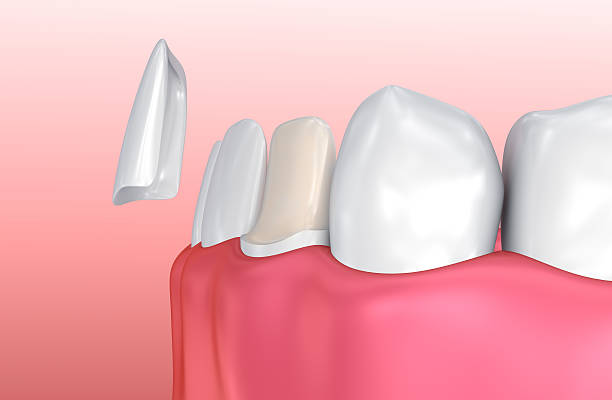Placenta previa is the condition in which the placenta completely, or partially blocks the opening of the uterus. It is a rare condition, but it can be dangerous for the mother.
Placenta previa can lead to severe vaginal bleeding that can be life-threatening for the mother. It is a problem with the placenta attachment. When it blocks the cervix, the chances of bleeding increase. Even a little physical shock to the mother can result in severe vaginal bleeding and life threatning conditions if that could be not properly managed by an expert.
Therefore with placenta previa, your healthcare providers would ask you to do complete bed rest and not to exert physically. Moreover, if your placenta remains the same at the delivery time, you might need to undergo a C-section. The chances are high for it because vaginal delivery can result in immense bleeding that can be life-threatening. However, you can discuss these things with your doctors, and they can guide you better about it.
Never leave placenta previa unassisted. Always attend follow-up visits with your healthcare provider. To get an expert opinion, you can consult the Best Gynecologist in Lahore.
Difference between placenta previa case and normal pregnancy case:
In normal conditions, the placenta gets located near the top of the uterus. In placenta previa, the placenta attaches near the bottom of the uterus, close to the cervix. That can cause the placenta to cover the cervix partially or completely. Placenta previa can occur in any pregnancy, but is more common in women who are:
- Pregnant with twins or multiples
- Carrying a large baby
- Have had prior uterine surgery
- Older than 35
- History of PCOS
- Overweight
Different types of placenta previa
There are four different types of placenta previa:
- Marginal: In this, the edge of the placenta is close to the cervix but not covering it.
- Low-lying: in this, the placenta is lying low in the uterus but not covering the cervix.
- Partial: In this, a part of the placenta is covering the cervix
- Complete: In this, the placenta completely covers or blocks your cervix.
What Are The Complications of Placenta Previa?
There are a few different signs that may indicate placenta previa. It is important to note that not all women will experience them. These can include vaginal bleeding in the second or third trimester, abdominal pain, and contractions. If you are experiencing any of these symptoms, speak with your doctor as soon as possible.
How To Diagnosis Placenta Previa?
Diagnosis of placenta previa is via an ultrasound test. In some cases, a pelvic examination also indicates placenta previa.
What Causes Placenta Previa?
There are a few different things that can cause placenta previa.
One is if the placenta is low-lying in the uterus. It can happen if you are:
- Pregnant with twins or multiples.
- You have had a prior C-section
- You have scarring on the uterus from previous surgery
- If you have any previous high-level PCOS history.
Another cause of placenta previa is if the placenta grows over the cervix. It can happen for a variety of reasons, including:
- Age
- Smoking
- Previous pregnancies with placenta previa
Treatment during placenta previa pregnancy:
In most cases, placenta previa is treated with bed rest and close monitoring. If the placenta is low-lying but not blocking the cervix, some doctors may recommend a wait-and-see approach to the diagnosis of the condition of the patient.
If the placenta covers the cervix or if bleeding occurs, hospitalization is usually necessary. In some cases, a blood transfusion may be necessary. Moreover, if the bleeding cannot be controlled, a cesarean section will be performed to deliver the baby by an expert surgeon in the presence of a related gynecologist.
Mother and baby care after delivery:
After receiving treatment for placenta previa, the mother and baby will be monitored closely. The mother may be advised to stay on bed rest and avoid strenuous activity. The baby will be monitored for any signs of distress. If everything goes well, the mother can go home and continue with a normal pregnancy. Mother and baby could be monitored right after labor for up to 72 plus hours or more if needed.
Conclusion:
A placenta previa can be a life-threatening condition for mothers. However, with early diagnosis and treatment, both mother and baby can remain healthy. The placenta previa needs to be monitored well. Therefore, remain under the supervision of your doctor and attend follow-up visits. Avoid strenuous exercises and other physical activity which includes cleanliness of the house, kitchen work, and other hard work that could possibly affect your health. To get an expert opinion, you can visit a Gynecologist in Karachi.
For more news related to health, general news, press release, technical articles, technology, and other various categories click here to visit and get all the information at your fingertips.





